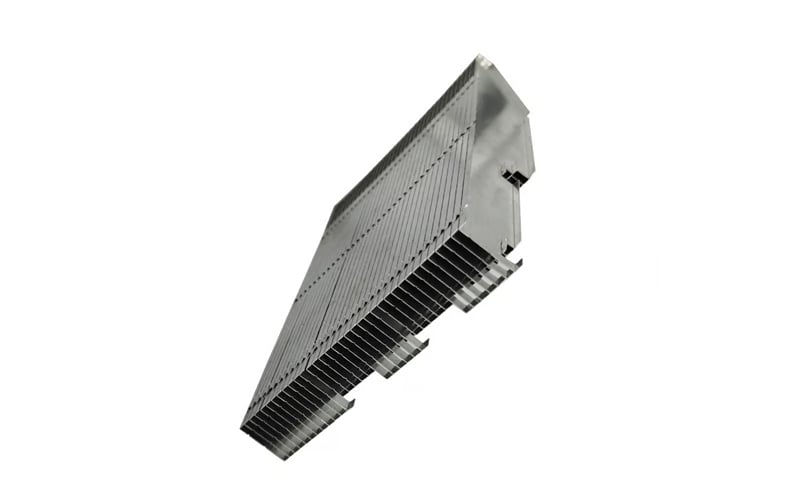Introduction: Cost-effective thermal management refers to the efficient and affordable ways in which heat is controlled and dissipated in various systems and applications. This article will explore the importance and advantages of implementing cost-effective thermal management solutions.
Energy Efficiency: Cost-effective thermal management plays a crucial role in improving energy efficiency in various devices and equipment. By ensuring proper heat dissipation, energy consumption can be reduced, leading to cost savings and a more sustainable operation.
Extended Component Lifespan: Efficient thermal management can help prolong the lifespan of electronic components and systems. By maintaining optimal operating temperatures, the risk of overheating and premature component failure is minimized, reducing maintenance costs and downtime.
Enhanced Performance: Proper thermal management can also contribute to enhanced performance and reliability of electronic devices. By keeping components cool and within their specified temperature ranges, overall system performance can be improved, leading to better functionality and user experience.
Environmental Impact: Cost-effective thermal management solutions not only benefit the bottom line but also have a positive impact on the environment. By reducing energy consumption and improving overall efficiency, companies can decrease their carbon footprint and contribute to a greener future.
Versatility and Adaptability: One of the key advantages of cost-effective thermal management solutions is their versatility and adaptability to various applications and industries. Whether for automotive, aerospace, or consumer electronics, there are tailored solutions available to meet specific needs and requirements.
Cost Savings: Implementing cost-effective thermal management solutions can lead to significant cost savings in the long run. By reducing energy consumption, improving system reliability, and minimizing maintenance costs, companies can achieve a favorable return on investment and enhance their profitability.
Regulatory Compliance: In many industries, regulatory standards and compliance requirements mandate the implementation of proper thermal management practices. By adopting cost-effective solutions that meet these standards, companies can ensure regulatory compliance and avoid potential fines or penalties.
Risk Mitigation: Effective thermal management is essential for mitigating risks associated with overheating and thermal runaway in electronic systems. By proactively implementing cost-effective solutions, companies can minimize the risk of equipment failure, fire hazards, and safety incidents.
Technological Innovation: As technology continues to advance, the demand for more efficient and cost-effective thermal management solutions is on the rise. Companies that invest in innovative thermal management technologies can stay ahead of the competition, improve their product offerings, and meet the evolving needs of their customers.

